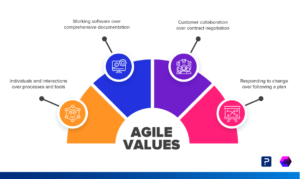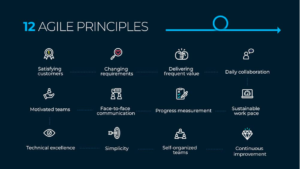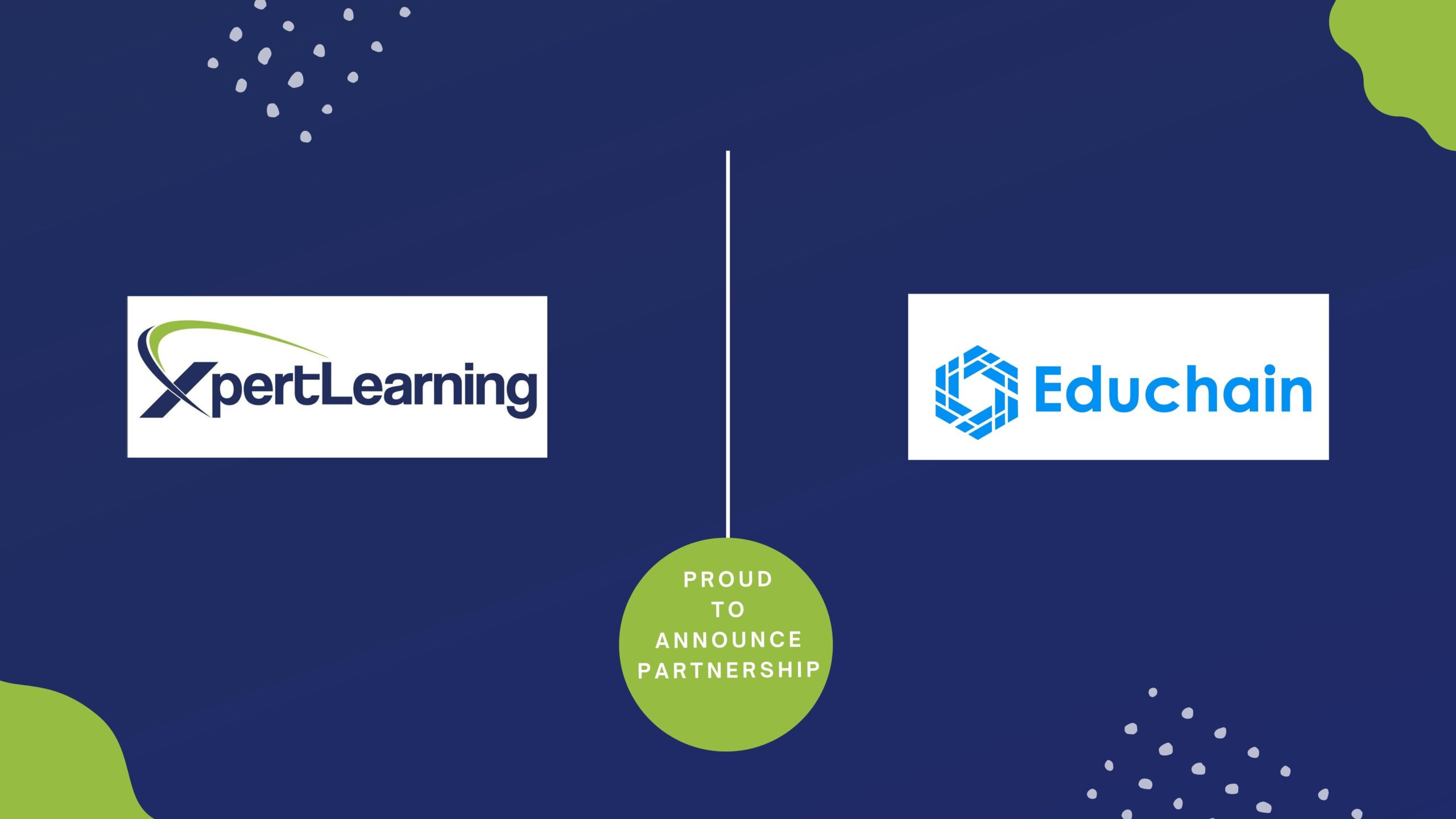The online learning industry has grown 900% globally since its birth, giving rise to a massive range of options for selecting an eLearning program. This huge increase in options, while positive, often leaves prospective learners with a bad case of analysis paralysis or, even worse, could lead them to make wrong choices about the programs they select, rendering them dissatisfied by the end of their learning experience. To help you choose the right eLearning programs for you or your organization, in XpertLearning, we have created this list of questions you must ask before you purchase any online learning program.
Q1: Does the content match your objectives?
You must know what you want to achieve by undertaking the course in the first place. With your clear objectives in mind, you must compare your objectives with that of the course. And do not simply compare the objectives but the course outline too.
A common mistake that learners make here is that they set lofty or irrelevant goals to start with. Falling prey to ‘shiny-object syndrome’, they tend to feel an urge to achieve various learning objectives that may have little to no bearing on their careers or personal lives. To counterfeit this, put your learning objectives to the ‘Litmus test’ by asking this simple question: Will I be able to immediately apply what I have learned in this course in my life?
Q2: Is the course author or presenter an expert on the topic?
As the saying goes, if you want to learn, learn from a pro. This is why it’s generally best practice to take note of the course’s author or presenter and double-check whether they are an expert on the subject matter. An excellent way of getting an honest, objective view is to check their social profiles in search of social proof. Also, if the author or presenter has written books or blog articles on the topic before, they are worth a try before you enroll in the online course and dive in at the deep end.
Q3: Is the course content visually appealing?
You might think this is an unnecessary luxury, but this is content that you’ll be viewing for hours on end. So do not underestimate the power of aesthetics. There is nothing more than poorly designed visuals, a mismatched color palette, and outdated graphics to distract you from your learning and off-put you throughout the learning process. Studies confirm that visuals are processed 60,000X faster in the brain than text and that good visual design significantly affects attention, comprehension, and course retention.
Q4: Is the course interactive?
The last thing you want is to find yourself reading long texts for hours or passively watching videos. For you to enjoy the course, apply your learning, and retain information, you need an online course with high interactivity. Interactivity could include scenarios for you to think about, problems to solve, decisions to make, games to play, or even simulations for you to experiment with. In general, the higher the interactivity, the higher the likelihood of you meeting your learning objectives and completing the course without dropping mid-way.
Q5: Is the course updated?
The authoring date of the latest version of the course is important because knowledge and best practices are in continuous development. You do not want to be learning principles or topics that are no longer relevant to the world today. Most of the top online course providers make sure to update their courses regularly to reflect any changes. So, usually, an updated modification date is a good sign that the course will be relevant and include the latest research findings, statistics, and insights.
Q6: How long is the course?
Online courses vary in duration, from 1-hour courses to courses that can take months or even years to complete. You need to be realistic about how much time you or your employees have available for the course and only purchase courses that you have time for. By that, we mean not only the time to complete the course material itself, but also the time needed to review the material, complete any necessary readings or assignments, and, most importantly, apply what has been learned in your career or life.
Another thing to look for regarding course duration is the chunk-ability of the material. Does the course apply the principles of microlearning, which have proven results in improving comprehension and retention? Or does it present the material all in one big, long chunk?
Q7: What is the course’s mode of delivery?
Is the course synchronous or asynchronous? In other words, will you need to be available at specific times to attend the course, or is it self-paced? Or does it combine both in a blended learning fashion? No particular mode of delivery is superior to others. It all boils down to your time availability or the availability of your organization’s employees, along with the degree of direct contact required to maintain engagement with the course.
One other thing you may want to check is the mobile compatibility of the course. With 30% of smartphone owners already using their phones for on-the-go learning, mobile compatibility can further increase your chances of course completion and your organization’s.
Q8: What’s the social proof of the course’s effectiveness?
This is a tricky one! Many online learning providers will present you with their own customer testimonials and reviews. Although helpful, this remains a very subjective reporting of the course’s effectiveness. So, top this with checking the course’s reviews outside the website of the provider, especially in topic-related online communities and forums.
Q9: Can you try out some parts of the course before making a full purchase?
This is the best proof you can get! It not only tells you whether the course meets your objectives and the learning quality standards you expect, but it also tells you if you are comfortable with the style of the course presentation. However, in some instances, this option may not be available. In this case, does the provider offer any other free learning material, such as blog posts, cheat sheets, webinars, etc.? If yes, make sure to check them out to get a view of their learning material quality from a point of view that is closer to reality.
Q10: What type of after-sales or technical support do they provide?
After-sales support is often one of the most overlooked features of an effective learning course. After all, what people care about the most is the content, accreditation, and pricing. However, if your online learning experience is disrupted by a technical glitch, you will need immediate support or your progress will halt indefinitely, sending you off track and increasing your chances of not catching up or dropping out.
Learn Like a Pro with XpertLearning
Here you go! These were the most important questions you need to ask yourself before undertaking an online course. And because we know how important these criteria are, at XpertLearning, we incorporate the principles of instructional design, visual design, scenario-based learning, microlearning, gamification, etc. into our learning programs. To learn more about our online courses, check out this page here.

And that’s not all! Before we let you go, we have these four bonus questions for you which you should consider if you are purchasing an online course for your organization, not yourself.
Bonus Q1: Is this technically compatible with my organization?
You will be quite distraught if you purchase an expensive online course only to find out that it does not work or does not fully load on your organization’s LMS. This is why a good rule of thumb is to go for courses that are SCORM or AICC compliant because most LMSs support such courses. Moreover, you are also better off checking the file size of the online course to ensure it works on your LMS or organization’s servers with little to no technical lag.
Besides ensuring that the online course is technically compatible with your organization’s resources, you also need to check if it is compatible with the technical skills of the end-users– the employees. Will the employees be able to easily access the course and navigate it? Will their current gadgets and technological literacy support this course?
Bonus Q2: Does this course support your organization’s diversity & inclusion strategy?
Effective organizations in an increasingly globalized world employ a diverse and inclusive workforce. So to make sure that everyone in the organization benefits from the course you are purchasing, you must check the course’s accessibility features. Does it incorporate Universal Design for Learning principles? Is it consistent with WCAG 2.0? Does it support learners using assistive technologies?
You should also check the languages that the course supports, especially if your organization’s workforce is spread out around the globe. Can the same course be delivered in multiple languages? Does it at least come with multiple-language subtitles?
Bonus Q3: How can you assess the effectiveness of the learning process?
If you are purchasing an online course for the organization where you work, you already know that the management board always needs a business case and an ROI to justify the investment in the program. So it is an important question to ask the learning provider if they offer pre and/or post-course assessments and surveys to enable you to track the course’s learning effectiveness and capture its ROI.
Bonus Q4: Can you have it customized to your needs?
Perhaps you have specific learning objectives that you need to achieve across your organization that cannot be met by any off-the-shelf learning program. Or perhaps you prefer that all learning courses taken in your organization present your organization’s brand. In these cases and more, you are better off working with a learning provider that can create ‘custom content’ for you. Several online learning providers provide that option, but you are highly advised to check some of their previous works before you dive full-length.
What XpertLearning Can Do for You?
At XpertLearning, we are aware of these needs, which is why our solutions vary from learning management systems that help you measure the effectiveness of your programs to online off-the-shelf courses and custom content that can be tailored to your specific needs and brand. To know more about how we can help you, please contact us at enquiries@xpertlearning.com.





















